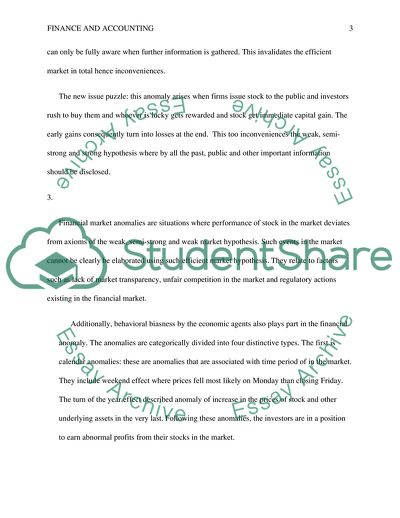Cite this document
(International financial markets questions Coursework, n.d.)
International financial markets questions Coursework. https://studentshare.org/finance-accounting/1843703-international-financial-markets-questions
International financial markets questions Coursework. https://studentshare.org/finance-accounting/1843703-international-financial-markets-questions
(International Financial Markets Questions Coursework)
International Financial Markets Questions Coursework. https://studentshare.org/finance-accounting/1843703-international-financial-markets-questions.
International Financial Markets Questions Coursework. https://studentshare.org/finance-accounting/1843703-international-financial-markets-questions.
“International Financial Markets Questions Coursework”. https://studentshare.org/finance-accounting/1843703-international-financial-markets-questions.


